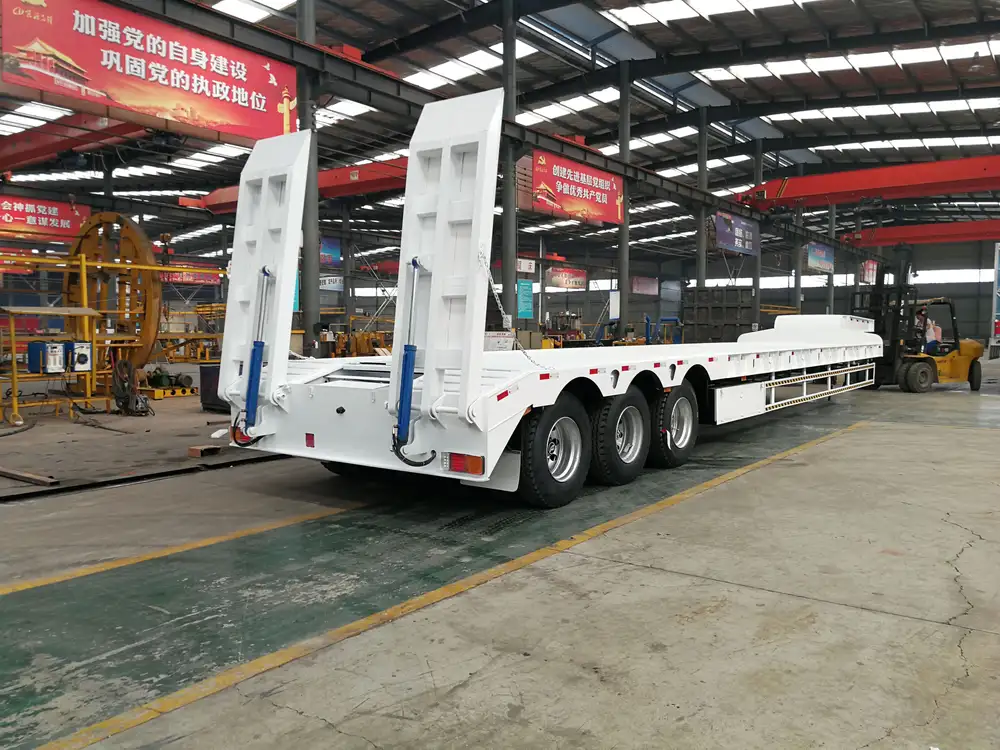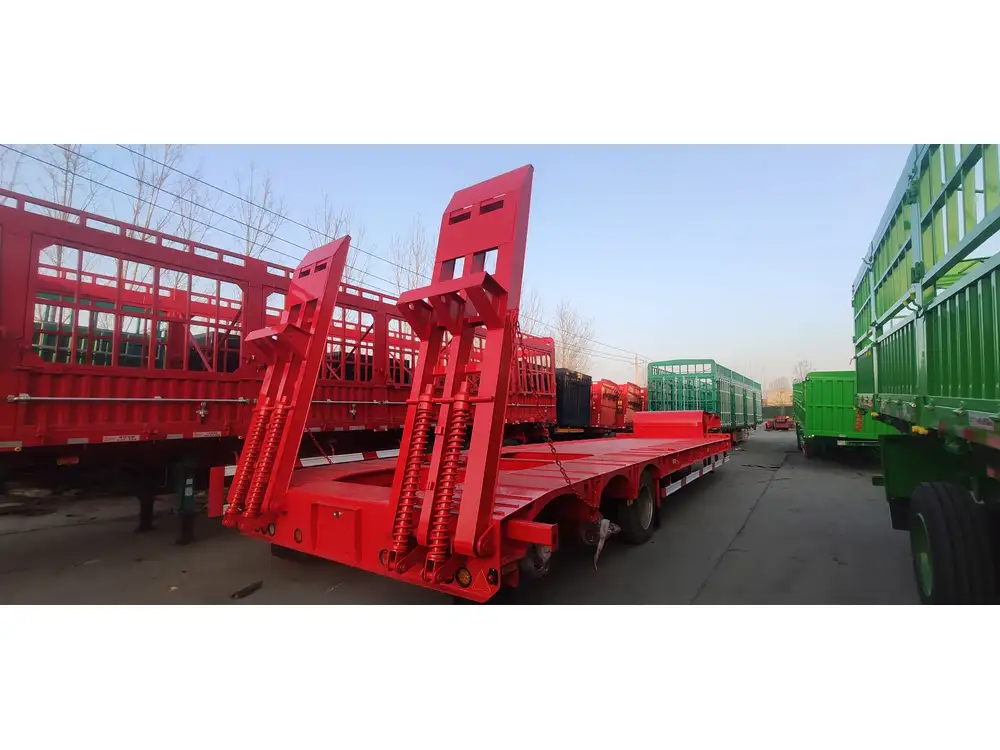Utilizing a U-Haul car trailer effectively is an essential skill for those looking to transport vehicles safely and efficiently. Whether you’re moving, purchasing a vehicle from a far-off location, or needing to haul a car for any reason, understanding the ins and outs of U-Haul car trailers can save you time, money, and stress. In this article, we delve into the intricate details of using a U-Haul car trailer, ensuring you have everything you need to operate one like a seasoned pro.
Understanding the U-Haul Car Trailer
What is a U-Haul Car Trailer?
A U-Haul car trailer is a specialized piece of equipment designed to transport cars, trucks, and SUVs. It features a two-axle design with a loading ramp that allows vehicles to be driven onto the trailer for secure transport. U-Haul offers diverse trailer types, each catering to distinct vehicle sizes and weights. The most common types include:
| Trailer Type | Max Vehicle Width | Max Vehicle Weight | Best For |
|---|---|---|---|
| 4×8 Trailer | 4 feet | 1,000 lbs | Shift smaller vehicles |
| Car Hauler | 77 inches | 7,000 lbs | Standard passenger vehicles |
| Auto Transporter | 90 inches | 10,000 lbs | Larger trucks and SUVs |

Key Features of U-Haul Car Trailers
- Adjustable Wheel Straps: Ensure proper vehicle placement and prevent movement during transport.
- Safety Chains: Vital for securing the trailer to the towing vehicle.
- Low Deck Design: Facilitates ease of access when loading and unloading vehicles.
- LED Lighting: Essential for visibility and safety, especially during nighttime travel.
Preparation Before Using the U-Haul Car Trailer
Assess Your Vehicle and Trailer Combination
Before renting a U-Haul car trailer, you must assess whether your vehicle can handle the additional weight and size. Consult your vehicle’s owner’s manual for the maximum towing capacity, which often includes:
- Gross Vehicle Weight Rating (GVWR)
- Maximum Trailer Load
- Tongue Weight
If your vehicle cannot safely tow the designated load, you might need a different vehicle or consider an alternative transportation method.

Required Equipment
Prior to your rental day, ensure you have the necessary equipment, which includes:
- Proper Hitch: Confirm that your vehicle is equipped with the appropriate hitch type – ball mount size should match the trailer’s coupler size.
- Hitch Pin: Essential for securing the trailer to the hitch.
- Safety Chain: This is a critical component that provides an additional layer of security.
- Wiring Harness: Necessary for connecting tail lights and turn signals.
Rental Agreement
When renting a U-Haul car trailer, understand the terms of service, including duration, cost, and insurance options. Customer service representatives can assist with clarifying any uncertainties. Additionally, check for any potential mileage limitations or fuel requirements.
Loading Your Vehicle on the U-Haul Car Trailer

Basic Loading Steps
- Position the Trailer: Find a flat, level location to back up the trailer.
- Align Your Vehicle: Center your vehicle with the trailer ramp, ensuring it’s straight and secure.
- Secure Brakes: Engage the brake of the vehicle you are loading to prevent movement.
- Drive Slowly Up the Ramp: Shift into gear gently, ensuring both wheels are on the trailer.
Optimizing Weight Distribution
Proper weight distribution is crucial for safe towing; ideally, 60% of the vehicle’s weight should be on the trailer’s front axle. This helps with stability and handling. Follow these guidelines to achieve optimal weight distribution:
| Payload Position | Stability Level |
|---|---|
| Front-Heavy | Excellent handling |
| Rear-Heavy | Prone to swerving |
| Balanced | Most stable |
Securing the Vehicle
Use the provided wheel straps or additional tie-downs to secure your vehicle firmly. Here are steps to ensure the vehicle is well-secured:
- Attach Wheel Straps: Make sure the straps are positioned over the tires.
- Ensure Tightness: Check for any slack in the straps and tighten as needed.
- Check Safety Chains: After securing the vehicle, attach and tighten the safety chains.

Towing the U-Haul Car Trailer
Safety Checks Before Departure
Once loaded, perform a safety check to ensure everything is secure and operational. This includes:
- Lighting Functionality: Turn on your vehicle lights to confirm the trailer’s brake lights and indicators function correctly.
- Hitch and Chains: Inspect the hitch for tightness and safety chains for proper attachment.
- Mirrors and Visibility: Adjust mirrors for maximum visibility of the trailer.
Driving with a Trailer
Towing a trailer significantly changes the dynamics of your vehicle. Here are several driving tips:
- Increase Following Distance: Allow for extra stopping distance to account for the additional weight.
- Make Wider Turns: The trailer will track behind your vehicle, requiring you to consider its position.
- Use Lower Speeds: Keep speeds lower than normal, which enhances safety and control.
- Avoid Sudden Movements: Smooth acceleration and braking are essential to prevent swaying.

Unloading Your Vehicle from the U-Haul Car Trailer
Step-by-Step Unloading Process
- Position on Level Ground: Ensure the trailer is parked on a flat surface.
- Release the Wheel Straps: Carefully loosen the ties, making sure no tension remains.
- Engage Vehicle Brakes: Ensure that the vehicle you are unloading is in gear or has its parking brake activated.
- Drive Off Slowly: Move forward gradually while distributing weight evenly.
Post-Unloading Checks
After unloading, inspect both the trailer and your vehicle for any signs of wear or damage. This ensures the equipment can be used reliable in the future.

Common Questions and Troubleshooting
What if My Car Won’t Start on the Trailer?
If your vehicle won’t start, avoid pushing or forcing it. Check the following:
- Battery Connection: Ensure the battery terminals are secure.
- Neutral Gear: Confirm the vehicle is in neutral for rolling off.
- Fuel Level: Verify there’s an adequate fuel supply.
How Do I Handle Swaying?
If your trailer begins to sway while driving, follow these tips:
- Ease Off the Gas: Gradually reduce speed but avoid sudden braking.
- Steer Steady: Maintain a straight course—don’t overcorrect.
- Avoid Sharp Turns: Once at a saved speed, navigate gently through bends.

What Are the Costs Involved in Renting a U-Haul Car Trailer?
Costs can vary based on several factors, including:
- Rental Duration: Daily charges can change based on how long you need the trailer.
- Distance: Mileage can influence total costs.
- Insurance Options: Additional insurance may provide peace of mind but will add to the cost.
Conclusion
Successfully using a U-Haul car trailer hinges on meticulous preparation, secure loading, safe towing, and careful unloading. With this comprehensive guide, you are well-equipped to handle your towing needs effectively. Meticulously consider each aspect discussed, and ensure you approach your task with confidence. Adapting to these practices not only enhances your vehicle’s safety but also enables you to transport with peace of mind. Should you require further assistance or detailed information on rental procedures or equipment, feel free to reach out to U-Haul customer service or consult available resources. Roads ahead may be daunting, but with the right guidance, transporting your vehicle can be a seamless experience.



